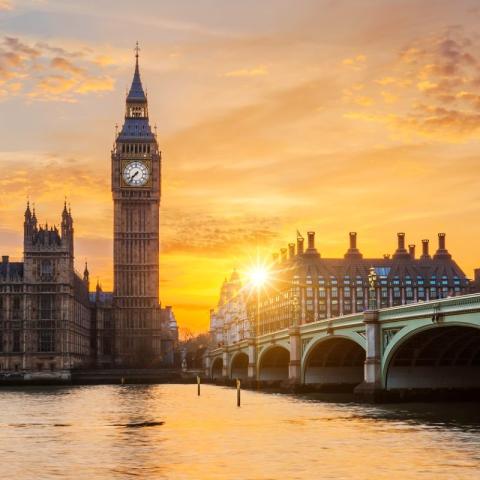Picture perfect news?

By Henry Taylor, Executive
New research from the Reuters Institute suggests that Instagram will overtake Twitter as a source of news next year. For many people, immersed in the Twittersphere of journalists and politicians, this may come as a surprise. The traditional media leans heavily on Twitter to publish quick-fire breaking news, while the platform has long allowed politicians and companies to communicate directly with their audiences.
However, the underlying trend is clear – Instagram is rapidly gaining popularity as a news source, appealing to younger audiences with its visual and increasingly video-driven content. In the UK, almost a quarter of 18-24s said they had used Instagram for coronavirus news over a one-week period in April. Influencers also play an important role on the platform, making it a popular source of news on issues that attract vocal commentary from celebrities, most notably climate change and the Black Lives Matter movement.
Instagram both drives and benefits from a trend towards greater consumption of news on smartphones. 62% of UK adults surveyed said they had used smartphones to access news in the previous week, up from 29% in 2013. On smaller displays, striking visuals have a natural appeal compared to long-form editorial content.
This shift could have significant consequences in terms of the media agenda. For many, it might be cause for concern. The research shows that social networks are among the least trusted news sources – just 26% said they trusted social media sites for news on Covid-19, for example. However, their popularity for news continues to grow.
The growth of Instagram as a news source is also a sign of a media landscape that is increasingly driven by striking visual content. As I write this, the front page of the Daily Mail’s website includes a story – accompanied by a dramatic video – of a kayaker in Mexico becoming trapped under a waterfall. It is hard to imagine this being considered newsworthy without the video.
This shift has very real implications for businesses, who increasingly need to consider the visual appeal of their stories for the media. Concise, punchy stories supported by striking images or videos are now the order of the day. Conversely, even interesting stories without a strong visual appeal may find themselves struggling to gain traction in this media climate, especially for consumer-facing brands. Now more than ever, visuals can make or break a news story – just ask the kayaker (who thankfully escaped unharmed).








